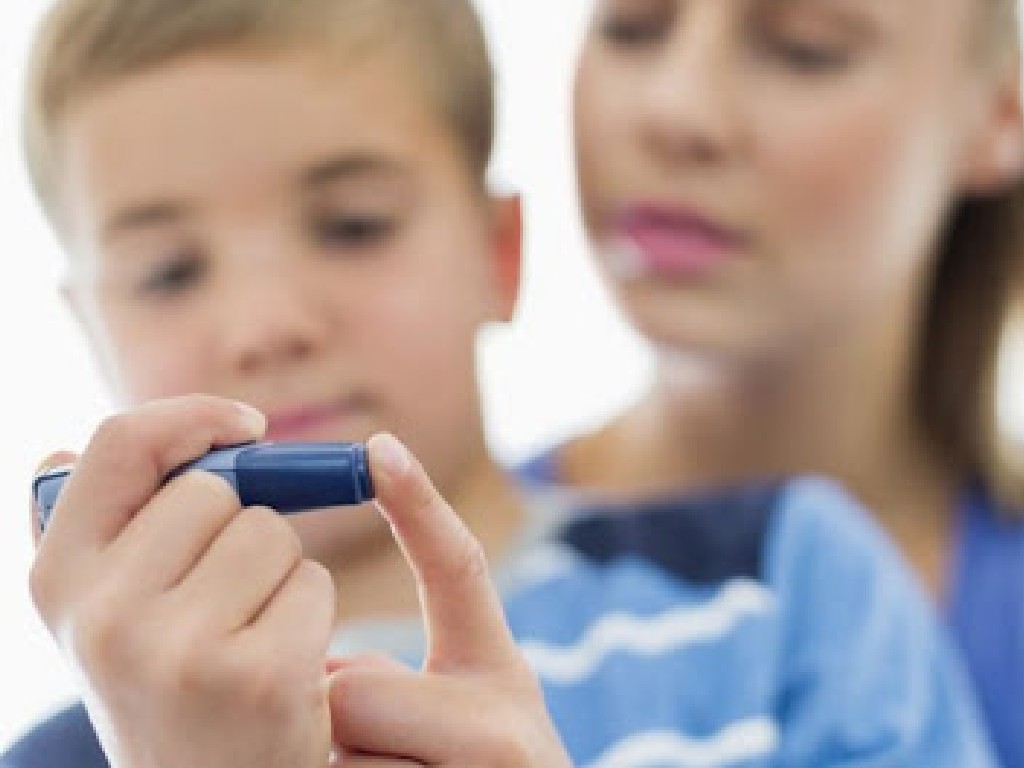Jakarta – Diabetes does not only attack adults and the elderly, but can also attack children. Reported from BoldskyThere are many cases of diabetes in children (adolescent diabetes), especially when it starts at a very early age.
Type 1 diabetes is common in children, an autoimmune condition in which the beta cells of the pancreas are destroyed, causing insufficient insulin production and leading to high blood sugar levels. high blood pressure. Type 2 diabetes also affects children, most likely due to obesity, but its prevalence is lower than that of adults.
Therefore, early diagnosis and early treatment of children with diabetes is very important. Type 1 diabetes shows symptoms quickly within a few weeks while symptoms of type 2 diabetes develop slowly over time.
Parents should be aware of the symptoms of diabetes in their child, which can sometimes be difficult to detect. Here are the symptoms of diabetes in children to watch out for:
1. Polydipsia or excessive thirst
Polydipsia or excessive thirst can be caused by diabetes insipidus in children. In this type of diabetes, there is an imbalance of fluids in the body that causes excessive thirst, even if you just drank something a few minutes ago.
2. Polyuria or frequent urination
Polyuria is often followed by polydipsia. When the body’s glucose spikes, kidney signals to expel extra glucose from the body through urination. This leads to polyuria, which in turn leads to an excessive need to drink water or polydipsia.
3. Hungry
If you observe that your child is always hungry, and even excessive food intake is not sufficient, consult a medical professional as this may be a sign of diabetes. Without insulin, the body cannot use glucose for energy, and this lack of energy causes increased hunger.
4. Unexplained weight loss
Another symptom of diabetes mellitus in children is unexplained weight loss. Children with diabetes tend to lose a lot of weight in a very short time. This is because, when the conversion of glucose to energy is restricted due to low insulin production, the body begins to burn muscle and store fat for energy, leading to unexplained weight loss.
5. Breath the smell of fruit
Fruity breath is caused by diabetic ketoacidosis (DKS), a condition that results from a lack of insulin in the body. It is considered a fatal symptom of diabetes in children. Here, in the absence of glucose, the body begins to burn fat for energy, and the process produces ketones (blood acids). The characteristic odor of ketones can be recognized by a fruity odor on the breath.
6. Behavioral problems
According to a study, behavioral problems in diabetic children are greater than in non-diabetic children. About 20 out of 80 children with diabetes exhibit bad behavior such as breaking their diet, having a high temper, introversion or refusing discipline and authority.
This can be due to several factors such as tolerance to disease, strict settings at home, extra attention to normal siblings by parents or feeling ‘different’ among others. All of these factors can lead to mood swings, anxiety, and depression.
7. Skin becomes dark
Acanthosis nigricans (AN) or darkening of the skin is usually associated with diabetes. In children and adolescents, the common location of AN is the posterior neck. Thickening and darkening of the skin folds is mainly due to hyperinsulinemia caused by insulin resistance.
8. Always tired
Fatigue or feeling tired all the time can be easily recognized in children with diabetes. A child with type 1 diabetes does not have enough insulin to convert glucose into energy. Lack of energy actually makes them tired easily or after doing small physical activities
9. Vision problems
The prevalence of eye disease in diabetic children is more than normal children. High blood sugar damages the nerves of the eye and causes eye problems such as blurred vision or total blindness, if diabetes is not controlled after diagnosis. Symptoms of diabetes in children are often overlooked.
10. Fungal infection
A study has shown that yeast infections are higher in children with type 1 diabetes mellitus, especially in girls who have the disease. The gut microbiota is an important factor preventing the occurrence of autoimmune diseases such as diabetes. When high body glucose disrupts the microbiota, the growth of microorganisms is affected, leading to increased production that contributes to fungal infections.
11. Wound healing is delayed
High blood sugar in the body interferes with the functioning of the immune system, increases inflammation, prevents the conversion of glucose into energy and causes reduced blood supply to parts of the body. All these factors lead to delayed wound healing in children, leading to more serious complications. []
Also Read:
These Five ‘Elderly’ Diseases Can Infect Young People
Watch out! Many Misguided About Diabetes Food
Amazing, Seven Benefits of Fish Oil for Kids
Although Delicious, 10 Dangers of Junk Food for Children’s Growth
–


